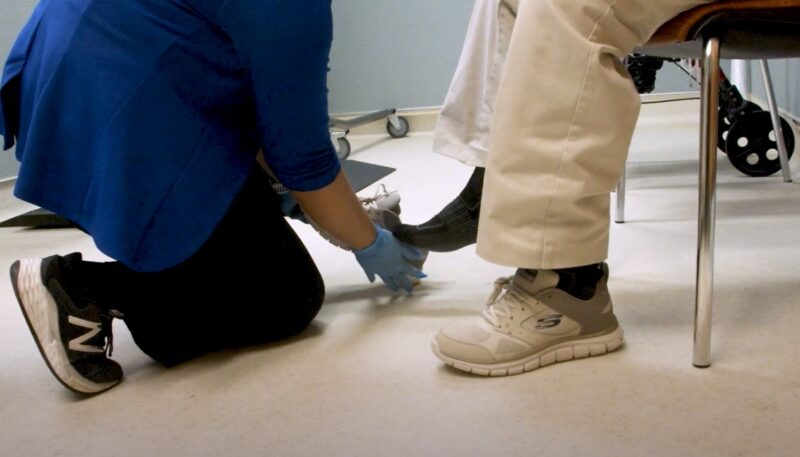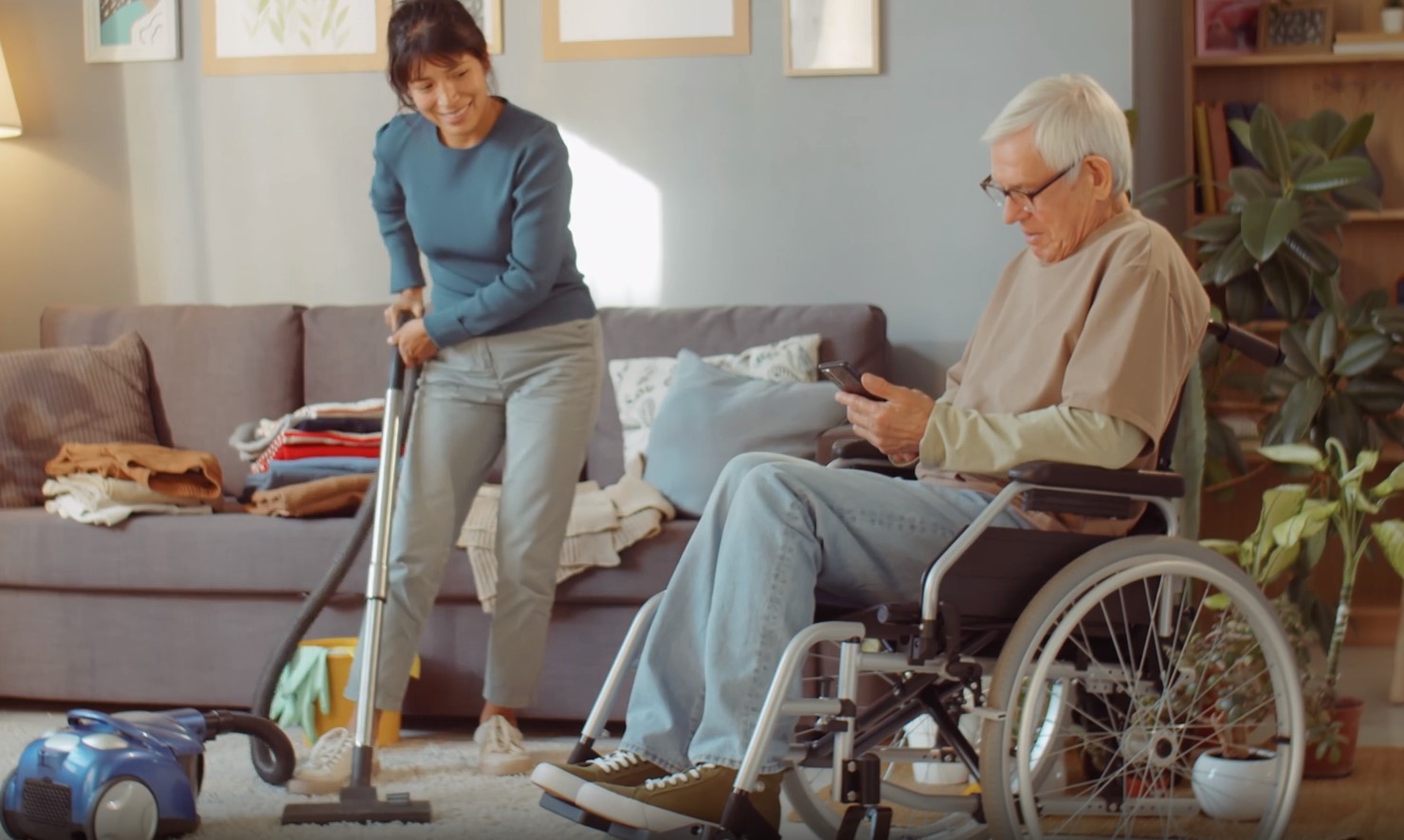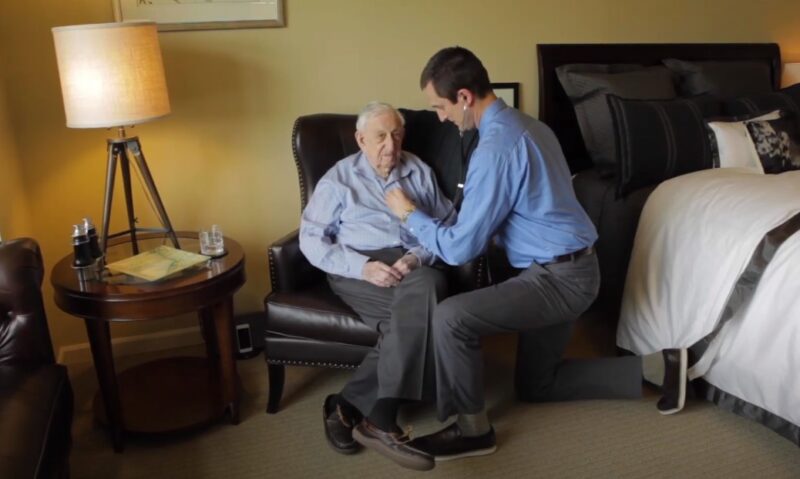Hey there! If you’re thinking about assisted living for yourself or a loved one, you’re probably wondering who exactly is a good fit for this kind of setup. Assisted living is like a middle ground – it’s for folks who need a hand with day-to-day stuff like getting dressed or remembering to take their pills, but who aren’t looking for the full-on care you’d get in a nursing home. It’s all about keeping some independence while having support nearby when you need it. Let’s dive into what makes someone a good candidate for assisted living and get a clearer picture of what it’s all about.
Eligibility
The primary criterion for assisted living is the need for assistance with daily living activities. These activities, often referred to as ADLs (Activities of Daily Living), include bathing, dressing, eating, transferring (moving from bed to chair), and continence. Individuals who find these activities challenging due to age, disability, or chronic conditions are potential candidates for assisted living. However, each facility may have its own specific criteria and assessment process to determine eligibility.
- The Daily Dance of ADLs:
- 💃 When the simple steps of daily life – like bathing, dressing, and eating – become a complex choreography.
- 🚶♂️ The art of moving gracefully from bed to chair (transferring) feels more like a challenging performance.
- The Clock of Age:
- 🕰️ As the hands of time move forward, they sometimes bring challenges that make independent living tougher.
- The Puzzle of Disability:
- 🧩 When the pieces of physical or cognitive ability don’t fit quite like they used to, making everyday tasks a puzzling endeavor.
- The Chronic Condition Conundrum:
- 🌀 Navigating the spirals of long-term health conditions like arthritis or diabetes that add twists and turns to daily routines.
- The Symphony of Support:
- 🎶 When the music of life needs a harmonious blend of assistance and independence, creating a melody that resonates with your needs.
- The Continence Quest:
- 🌊 Navigating the ebb and flow of continence with dignity, seeking a shore where support is always at hand.
- The Personalized Pathway:
- 🛤️ Each journey is unique, and so are the paths to eligibility, tailored by each facility to match your individual story.
Assessment and Evaluation Process

The assessment for assisted living typically involves a comprehensive evaluation conducted by healthcare professionals. This evaluation may include a physical examination, a review of medical history, and an assessment of the individual’s mental and physical capabilities. The goal is to determine the level of care needed and whether the facility can adequately meet those needs. This process also helps in creating a personalized care plan for the resident.
| Step | Description |
|---|---|
| Initial Consultation | Discussion with the resident and family to gather basic health and lifestyle information, understand expectations, and evaluate if assisted living is suitable. |
| Physical Examination | A comprehensive physical check-up by a healthcare professional to assess physical health, including mobility and chronic conditions. |
| Review of Medical History | Detailed examination of the individual’s past and present health conditions, surgeries, medications, and allergies. |
| Mental Health Assessment | Evaluation of cognitive functions and screening for mental health issues like dementia or depression, impacting the individual’s independence. |
| Functional Assessment | Assessment of the individual’s ability to perform daily living activities, determining the level of assistance needed. |
| Care Plan Development | Creation of a personalized care plan, outlining specific services and care level tailored to the individual’s needs. |
Mental and Physical Health Requirements

While assisted living facilities are equipped to handle various health conditions, they have limitations in terms of the level of medical care provided. Residents with severe or uncontrolled medical conditions that require continuous nursing care may not be suitable for assisted living. However, those with manageable chronic conditions, such as diabetes, arthritis, or hypertension, can often be accommodated. Mental health is also a consideration; facilities may not be equipped to manage severe psychiatric conditions.
- Manageable Chronic Conditions:
- ✅ Suitable for residents with controlled conditions like diabetes, arthritis, or hypertension.
- ✅ Regular monitoring and medication management can be provided.
- Severe or Uncontrolled Medical Conditions:
- ❌ Not suitable for those needing continuous, intensive nursing care.
- ❌ Facilities may not be equipped to handle complex medical needs requiring constant supervision.
- Mental Health Considerations:
- ✅ Suitable for individuals with stable mental health conditions.
- ❌ Severe psychiatric conditions that require specialized care might not be adequately managed in assisted living.
- Overall Health Stability:
- ✅ Ideal for individuals who can benefit from assistance with daily activities but are otherwise stable in their health condition.
- ✅ Focus on promoting independence while providing necessary support.
Financial Considerations

The cost of assisted living is a significant factor in determining eligibility. These facilities are typically paid for out of pocket or through long-term care insurance, veterans’ benefits, or Medicaid (in some states). Prospective residents should assess their financial resources to determine if they can sustain the costs, which vary widely depending on location, facility type, and level of care required.
Making the Decision

Choosing to move into an assisted living facility is a major decision that involves the individual, their family, and often, healthcare providers. It requires considering the person’s current and future needs, their personal preferences, and the impact on their quality of life. This decision should be made with comprehensive information about what assisted living facilities can offer and an understanding of the resident’s needs and expectations.
| Pros | Cons |
|---|---|
| Enhanced Safety and Security | Cost |
| 24/7 staff availability, emergency systems, secure environment. | Can be expensive, with potential for additional service costs. |
| Personal Care Assistance | Adjustment Period |
| Help with daily activities like bathing, dressing, medication. | Time needed to adapt to new surroundings and community. |
| Social Engagement | Limited Medical Care |
| Opportunities for socializing, activities, and community events. | Basic medical support, not suitable for intensive care needs. |
| Nutrition and Meal Assistance | |
| Balanced meals and help with eating for good nutrition. | |
| Reduced Household Responsibilities | |
| No need to worry about home maintenance, cleaning, or yard work. | |
| Access to Health and Wellness Programs | |
| Fitness programs, wellness activities, healthcare services. | |
| Independence with Support | |
| Balance of autonomy and assistance when needed. |
FAQs
Can residents in assisted living facilities still have a personal doctor visit them?
Absolutely! Residents in assisted living can continue seeing their personal doctor. Most facilities are equipped to accommodate visits from outside healthcare providers. Some even have transportation services for residents who need to visit their doctor’s office or clinic.
Are pets allowed in assisted living facilities?
This depends on the facility. Many assisted living communities are pet-friendly and understand the importance of pets in their residents’ lives. However, there might be restrictions on the type or size of the pet. It’s always best to check with the specific facility about their pet policy.
How do assisted living facilities handle emergency situations?
Assisted living facilities typically have well-defined emergency protocols and staff trained to handle urgent situations. Many have 24/7 on-site staff and emergency call systems in each resident’s living space. They coordinate with local emergency services for prompt response in case of a medical or other emergency.
Can couples live together in an assisted living facility?
Yes, many facilities offer accommodations for couples. This allows them to live together in the same apartment or suite while receiving the individualized care they each need. Facilities understand the importance of maintaining these close relationships in their residents’ lives.
What kind of social activities are typically offered in assisted living communities?
Assisted living communities often have a vibrant social calendar with activities designed to suit a wide range of interests and abilities. These can include exercise classes, art workshops, movie nights, group outings, and more. The goal is to encourage social interaction and engagement among residents.
Is there a trial period to see if the facility is a good fit?
Some assisted living facilities offer a trial period or short-term stays. This allows potential residents to experience life in the community before making a long-term commitment. It’s a great way to see if the facility meets your needs and expectations. Be sure to inquire about this option when considering different facilities.
Final Words
Alright, wrapping this up: assisted living is a pretty sweet option for those who need a little help but still want to do their own thing. It’s perfect for people who struggle with daily chores but don’t need someone watching over them 24/7. Deciding to move into an assisted living place is a big deal, and it’s important to think about what you or your loved one needs, what you can afford, and what you’re hoping to get out of it. When you find the right place, it can make life a lot more enjoyable and a lot less stressful. In the end, assisted living is all about making life better during those golden years, providing the right mix of independence and care.
